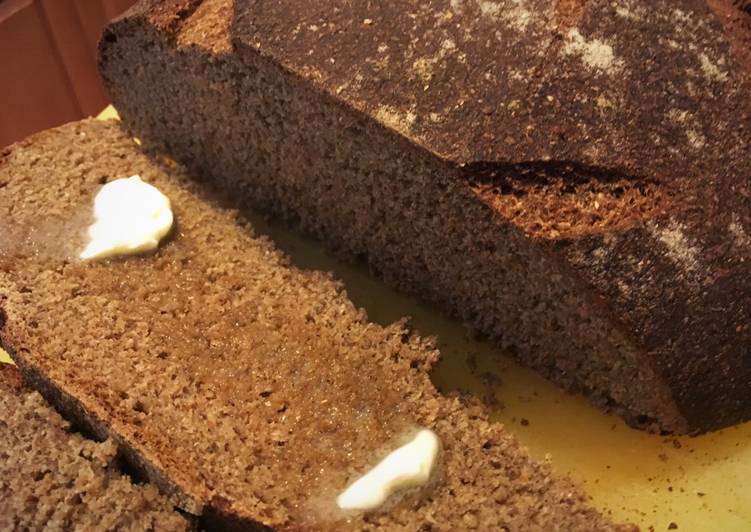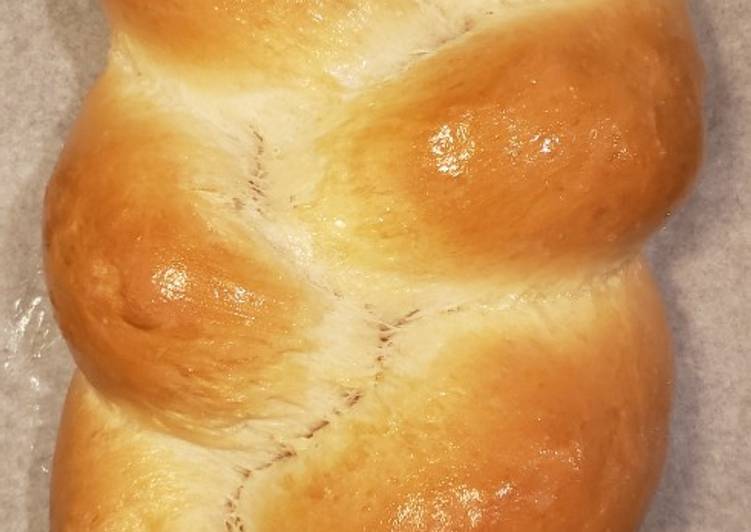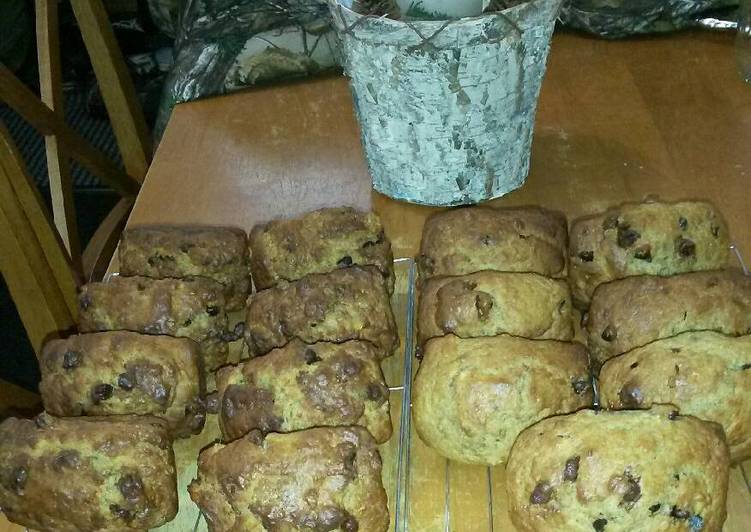
Hey everyone, it is Louise, welcome to our recipe page. Today, I will show you a way to make a special dish, all natural san francisco sourdough bread. One of my favorites. For mine, I am going to make it a little bit tasty. This will be really delicious.
All Natural San Francisco Sourdough Bread is one of the most popular of recent trending foods on earth. It’s appreciated by millions every day. It is easy, it’s fast, it tastes yummy. All Natural San Francisco Sourdough Bread is something that I’ve loved my entire life. They’re nice and they look wonderful.
Check Out Top Brands On eBay. San Francisco Sourdough Bread San Francisco Sourdough Bread. Great recipe for All Natural San Francisco Sourdough Bread.
To begin with this recipe, we have to prepare a few ingredients. You can cook all natural san francisco sourdough bread using 10 ingredients and 10 steps. Here is how you can achieve that.
The ingredients needed to make All Natural San Francisco Sourdough Bread:
- Take Phase One
- Take 1/2 cup whole wheat flour
- Get 1/2 cup water
- Make ready Phase two
- Take 200 g water
- Get 120 g sourdough starter
- Take 236 g whole wheat flour
- Prepare Phase Three
- Prepare 400 g Whole Wheat flour
- Prepare 100 g Buckwheat Flour
You need to leave a little room at the top for it to expand. Sourdough is essentially the original leavened bread recipe using a natural yeast starter. It has a unique slightly sour taste and when made correctly is packed with beautiful air pockets and an amazing outer crust. While you may immediately think of San Francisco when it comes to sourdough bread, Egypt is the early creators of this.
Instructions to make All Natural San Francisco Sourdough Bread:
- Combine Phase One ingredients in a mason jar or a small dish. You need to leave a little room at the top for it to expand. Stir up this flour goo and set it aside in a warm place.
- Over the next few days, this goo should start to bubble a little. Just check in every so often and see what it looks like. If it starts to bubble, or if it separates, with a layer of kinda gross looking water at the top, add a little more flour and water and stir it up again. Some sources recommend feeding every 12 hours, and I guess this is ideal. But that type of setup stresses me out, so I just feed it when it looks hungry.
- Depending on where you live, within a week or so (in San Francisco it can happen in a few days, but we're obviously known for our sourdough) you should find that, when you add flour and water to the mix, it can almost double in volume within a couple of hours. This means your starter is ready to go!
- Now, to make a loaf of bread, you combine Phase Two ingredients in a large bowl. Mix well. Cover with a kitchen towel and wait for about 12 hours. I like to do this in the evening so I can do the next step when I wake up in the morning. Once you have your dough fermented, continue with step 7. The next 2 steps are just some pointers on maintaining a natural starter.
- Any remaining starter from mixing your dough can be kept alive with a fresh helping of flour and water mix. Also, at any point in this process before you bake your bread, the dough should contain some of the yeast you've captured in your starter. That means you can always save some portion of this dough as a future starter. Give it away to friends or use it to replenish your own stash. Just feed it regularly, every couple of days or so.
- If you won't be using your starter for awhile, you can put it in the fridge. In this case, you only need to feed it maybe once a week. For more long term storage, wait until it's particularly bubbly and active, then spread it out on a sheet of parchment and let it dry to a crisp. Then, break up the chunks and store in a dark, airtight location. When you want to use it, just mix some of these flakes with some flour and water paste again and wait until it wakes up.
- So, continuing with step 4 above, just combine the ingredients listed in Phase Three with your fermented dough. Knead them together until you have a nice ball of dough. Put this in a bowl, cover it with plastic, and let it sit in the refrigerator for 24 hours. Note: Feel free to experiment with different flours. I used a combo of these two because I had them in my kitchen.
- When the 24 hours is up, take your fermented dough out of the fridge. Knead it just a bit to form it into a smooth ball. Pinch the seams together gently to seal them up. Set your dough ball in a warm spot with a towel over it and just let it be for about 5 hours or so. Feel free to use any other kinds of fancy bread-shaping techniques here if you know them.
- Time to bake. Heat your oven to about 450f. On the top rack, a pizza stone is ideal. On the bottom rack, a cast iron pan or an oven-proof pan you don't really care about.
- Give your loaf a light dusting of flour, slice into the top about 1/4" in a few spots so that steam will escape as it bakes, and slide it onto the hot stone. Carefully pour a cup or so of water into the pan on the bottom rack and shut the oven door. Bake for about 45 minutes. When done, your bread should give a hollow knock when thumped.
The Boudin family brought the original starter from France, opened the bakery in San Francisco in the mid-nineteenth century, and developed a local customer base. The history of sourdough bread in San Francisco goes way back to the time of the gold rush, when Basque migrants started baking bread in the area using the natural yeasts and bacteria present in the air for fermentation. San Francisco is widely regarded as the mecca of sour-style bread, though that reputation really has more to do with the. San Francisco Sourdough Bread is made with a starter which includes natural airborne yeast. The finished loaves have a moist crumb, crispy crust and will keep for several days or even longer in a fridge.
So that is going to wrap this up with this exceptional food all natural san francisco sourdough bread recipe. Thanks so much for reading. I am confident you will make this at home. There is gonna be more interesting food at home recipes coming up. Remember to save this page in your browser, and share it to your loved ones, friends and colleague. Thank you for reading. Go on get cooking!

